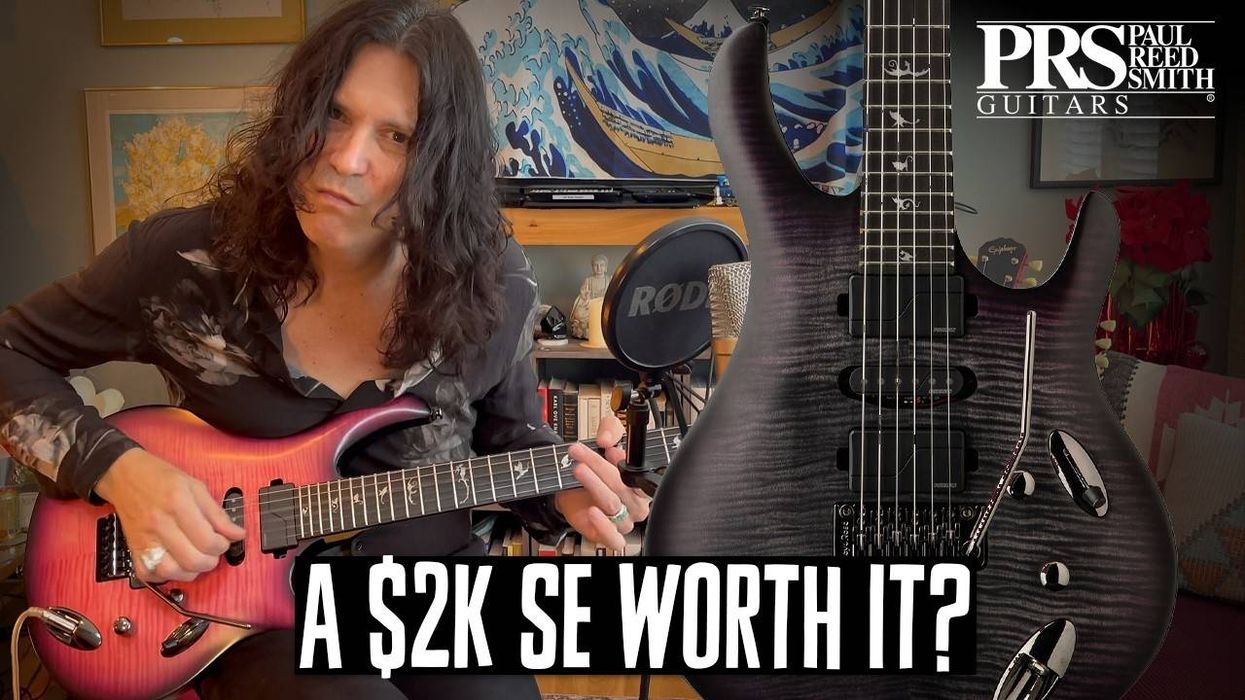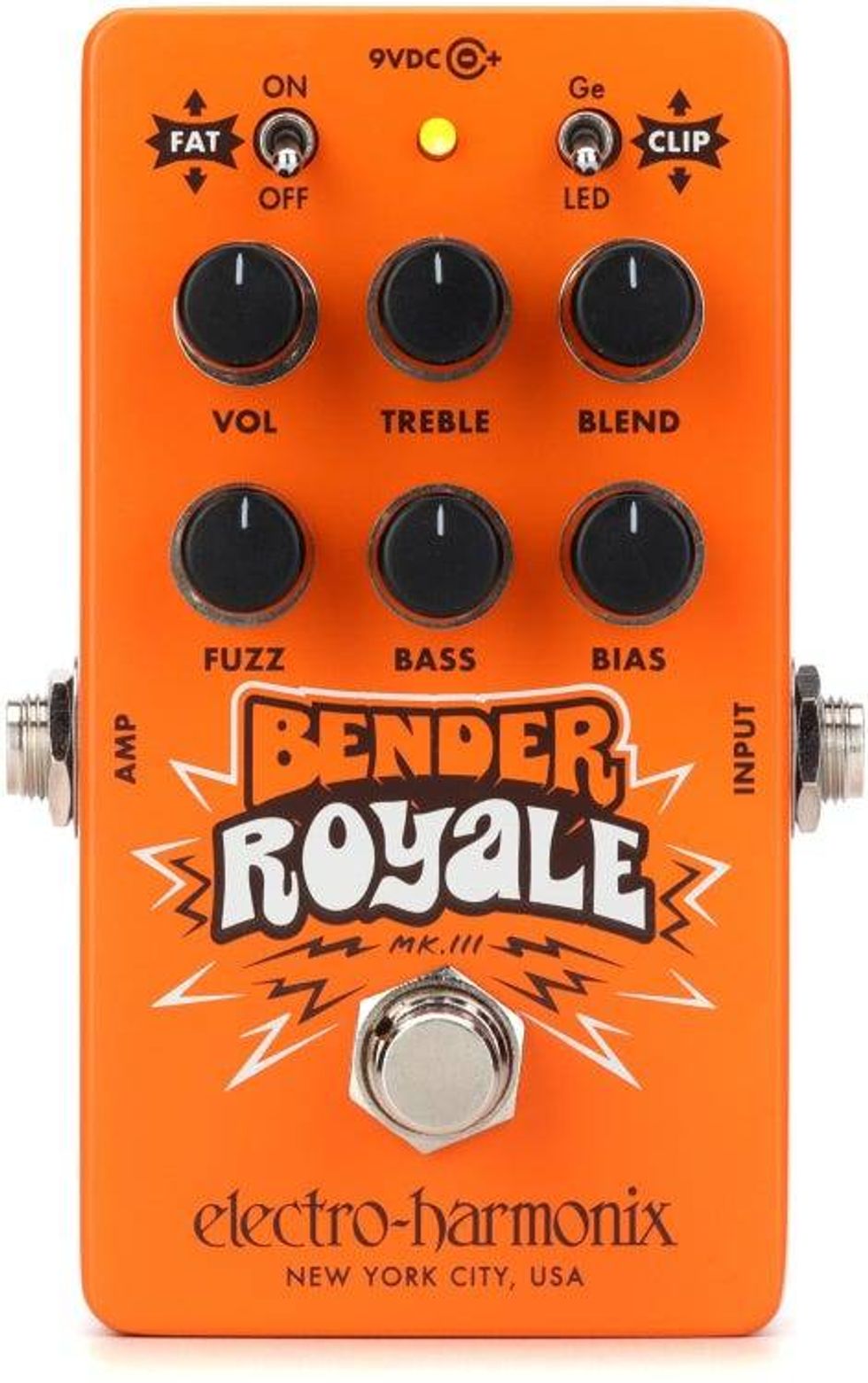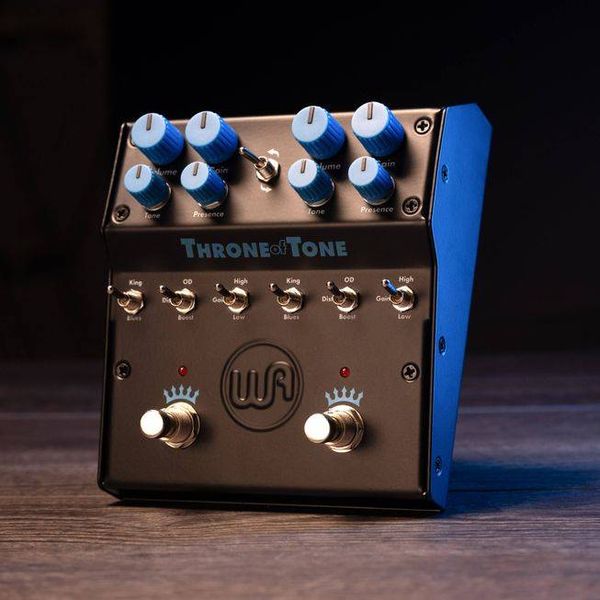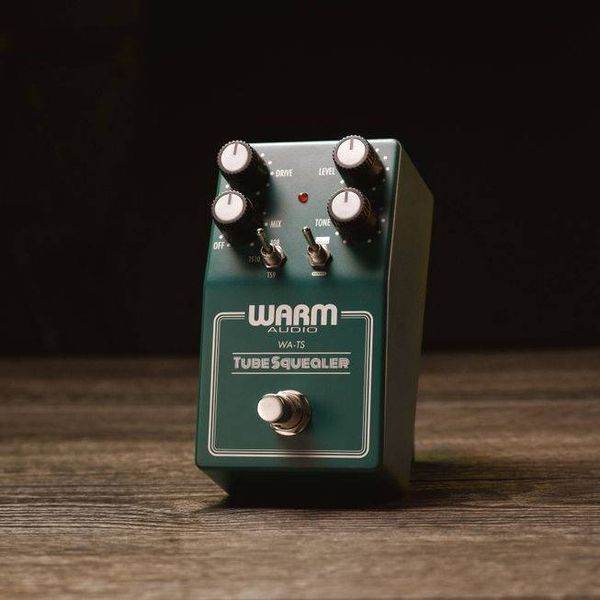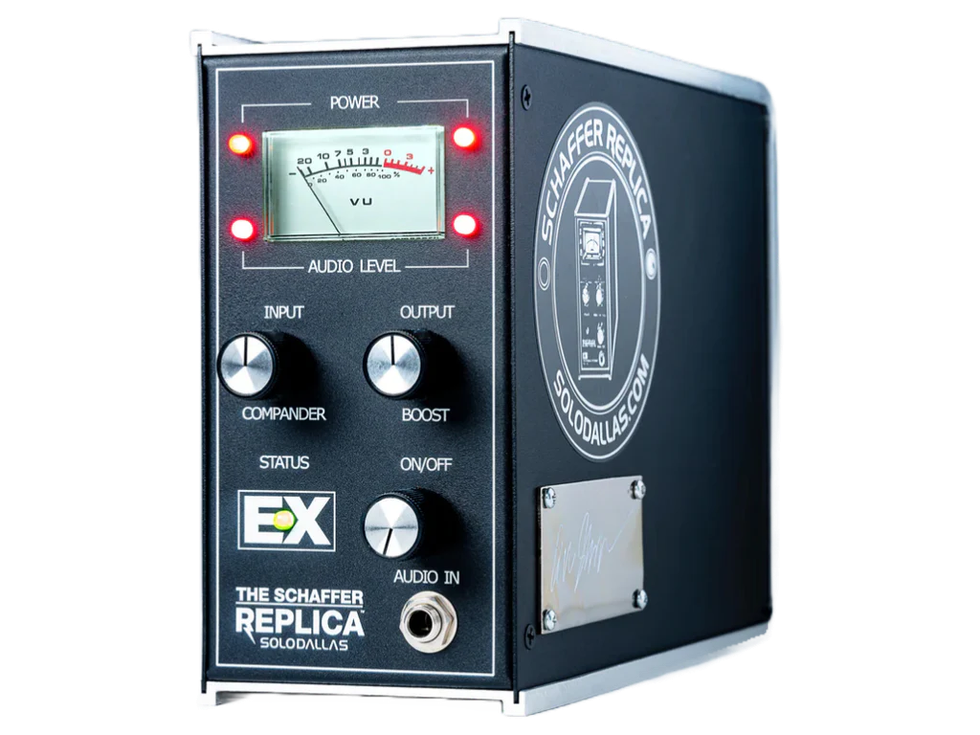New stuff from Hohner at NAMM '08: Prince's guitar, a super Tele, and Laney Lionheart Amps.
Hohner Artist Guitar- Laney Lionheart amp
New stuff from Hohner at NAMM '08: Prince's guitar, a super Tele, and Laney Lionheart Amps.
By PremierGuitar DefaultJan 19, 2008


